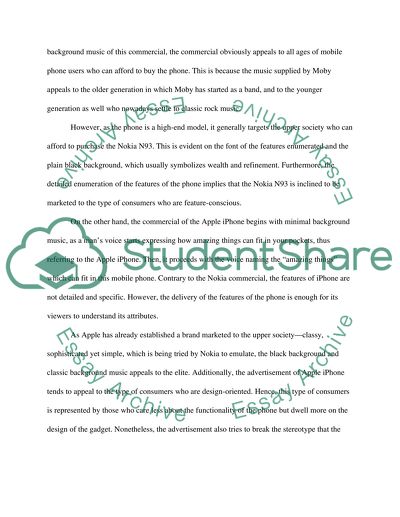Cite this document
(“Advertising analysis (Nokia and Apple) Research Paper”, n.d.)
Advertising analysis (Nokia and Apple) Research Paper. Retrieved from https://studentshare.org/marketing/1532824-advertising-analysis-nokia-and-apple
Advertising analysis (Nokia and Apple) Research Paper. Retrieved from https://studentshare.org/marketing/1532824-advertising-analysis-nokia-and-apple
(Advertising Analysis (Nokia and Apple) Research Paper)
Advertising Analysis (Nokia and Apple) Research Paper. https://studentshare.org/marketing/1532824-advertising-analysis-nokia-and-apple.
Advertising Analysis (Nokia and Apple) Research Paper. https://studentshare.org/marketing/1532824-advertising-analysis-nokia-and-apple.
“Advertising Analysis (Nokia and Apple) Research Paper”, n.d. https://studentshare.org/marketing/1532824-advertising-analysis-nokia-and-apple.


